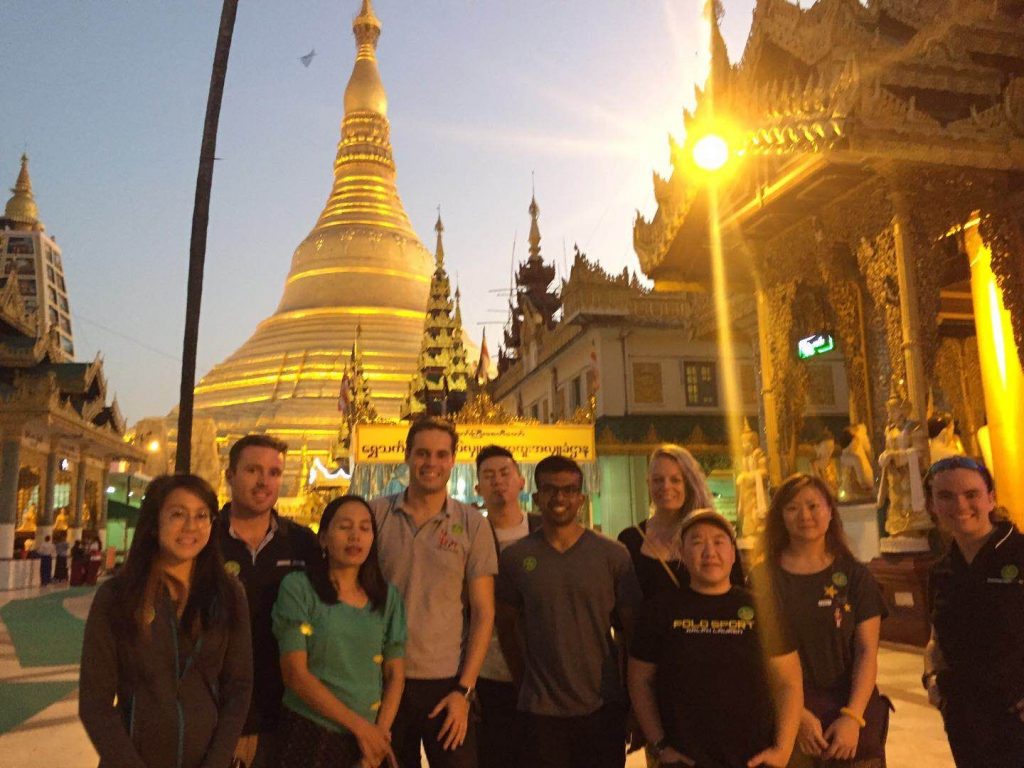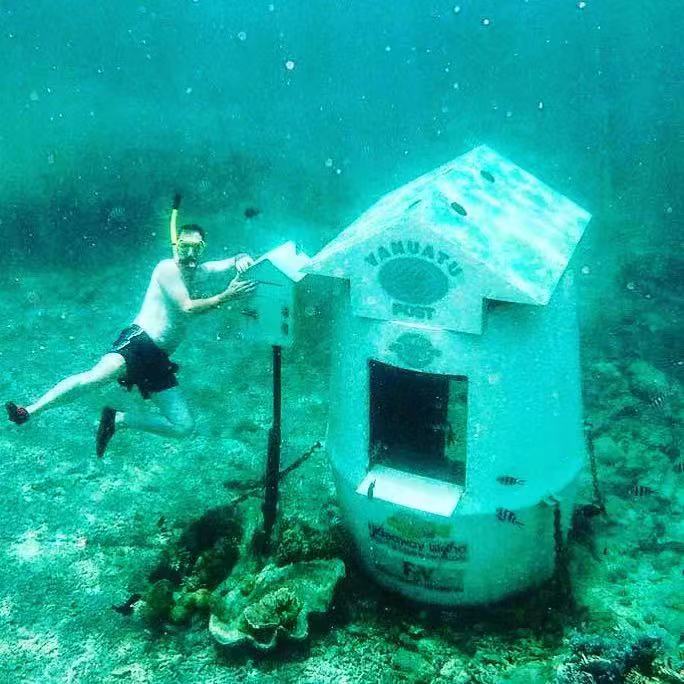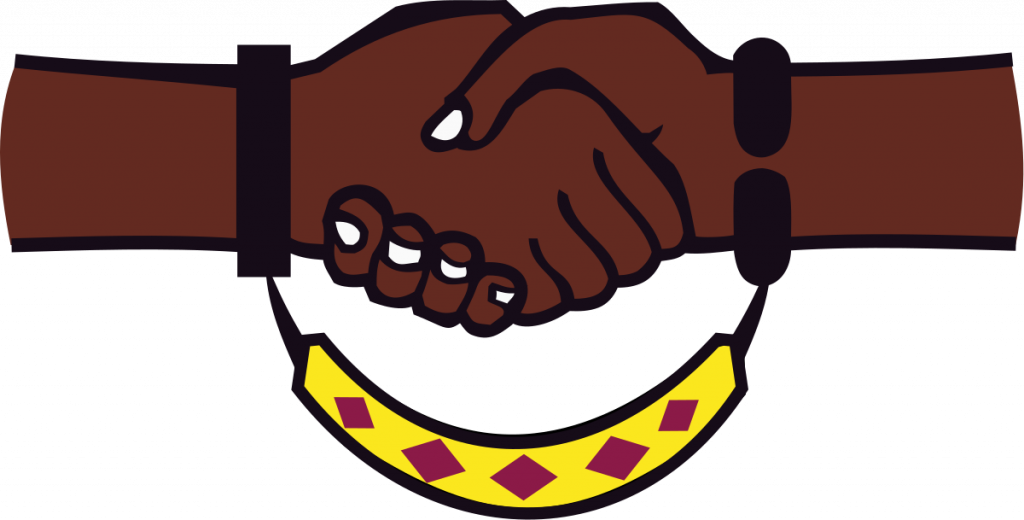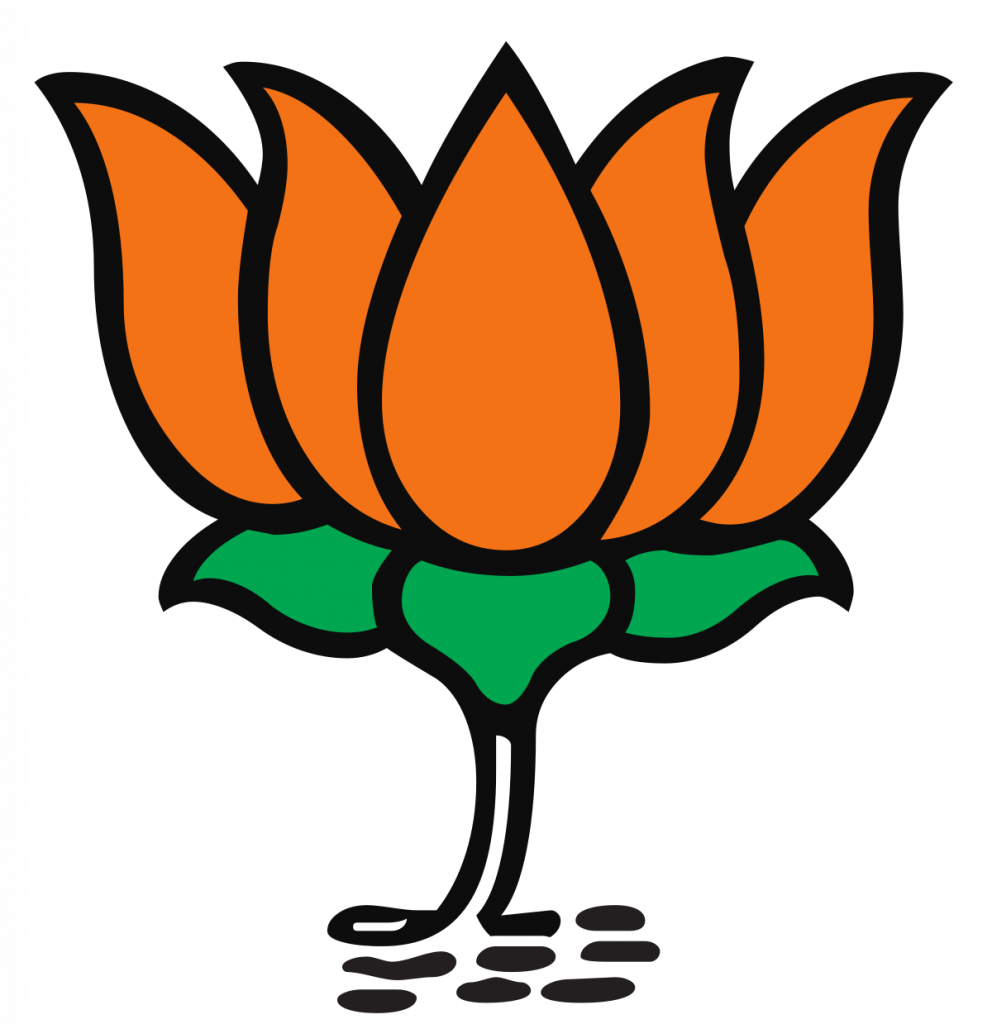Introduction
The Cold War created a lot of what would become former socialist countries, but while most assume these were all in the Eastern Block, many were independent and part if the so called Non-Aligned Movement (Nam).
Of these outliers some are fairly well known, such as Yugoslavia, while others are far more obscure! Here’s our guide to former communiist countries and states that you might not know about!
If you’re confused about what a socialist or communist state is, then please click here.
9 Former Socialist Countries
9. San Marino
Everyone’s favorite landlocked tiny republic the “Serene Republic of San Marino” has had quite a checkered past politically. During the time of Mussolini they were fascist, before kicking them out in time for the end of the war.
This led to them being the first country to democratically elect a communist government. This led to a collation between the Sanmarinese Communist Party and the San Marino Communist Party which would rule between 1945 and 1957 after which it would lose wpeor forever following a constitutional crisis. It has since held power in a junior fashion, but only after the party had moved to Eurocommunism,
8. Myanmar/Burma

Burma is another funny one for this list as they have essentially remained with the same people in power, but ditched the red stuff to qualify them as a former socialist country. Ne Win took power in 1962 from where he introduced the “Burmese Road To Socialism”.
This was not all that socialist, had then at war with th actual socialists and came ti an abrupt end in 1988. Alas the army have since then largely kept power, although they now practice capitalism yay!
7. Nepal
OK, so this is one that really does not fit in well with the others. During the Cold War they were a Royalist country that was very anti-communist, but with a large communist underground. This though changed after a protracted Peoples War which was own by the communists.
Since then the reds have won literally every election, but for some reason none actually do anything all the commie. They might like the symbols, but Nepal are rubbish at communism.
6. Vanuatu

A real surprising one for the list, but upon independence were led by Walter Lini a key proponent of Micronesian Socialism. This belief was that the communalism element of socialism was more in line with Micronesian society than the more alien concept of capitalism.
This worked pretty well until he lost power in 1991 after a controversial term in office. And while many might look back on his rule fondly, Vanuatu is very much a former socialist country now, with being a tax haven now of far more importance.
5. The Seychelles

When you think of the Seychelles, pristine beaches, offshore banking and the global elite come to mind, but this was not the case during the 1970s. The Seychelles gained independence in 1976. In 1977 there was a coup by France Albert Rene, who turned the country into a one-party socialist state. Whilst officially being non-aligned, they did seek out ties with the Soviets and the Libyans. During this period, there were many coup attempts against the popular Rene, such as the 1981 Coup Attempt by South African mercenaries posing as a Rugby team. Rene remained in power following the ending of the one-party system, and his party has been in control ever since.
4. Guyana

Guyana is a country in the north of South America that was formerly a British colony. It is heavily mixed on ethnic-lines, a vestige of the former British colonial era. The nation was given independence in 1955 and became a republic in 1970. The country became another proxy battlefield for the Cold War players when they feared Cheddi Jagan and his Peoples Progressive Party were Marxist, which they kind of were. In their years in power, they caught support from the Eastern Bloc as well as North Korea. Guyana even had its own mass games, which you can read about here.
3. Jamaica

Another country that people might be surprised to learn was dragged into the cold war arena. From the 1960s to the late ’80s, the Jamaican political scene was dominated by two parties, the Peoples National Party and the Jamaican Labour Party. Ironically in this context, the PNP was the left-wing party, whilst the JLP was the right-wing one. The PNP won the 1972 and 1976 elections on a democratic socialist platform, but this did not stop the CIA and the Soviets from supplying each side with weapons before each election. This made Jamaica for a time one of the most dangerous countries on earth come election time, with a lot having been written about the wests role in so many deaths. To this day, leadership bounces back between both parties, with elections being dangerous affairs.
2. Grenada

Grenada might be more well known as the US invaded them, but the story is still fascinating. Following independence from the UK in 1974, the country was seemingly minding its own business when Maurice Bishop and his New Jewel Movement launched a popular bloodless coup. A socialist government was proclaimed, but one which would respect foreign investments and push tourism. In 1983 Maurice Bishop was overthrown and executed in another coup, which was largely unpopular. The US saw this as an opportunity to invade, and the socialist experiment was over. Why did America invade Granada? Well, they were hardly a military threat, but they were an ideological one. If socialism succeeded in “tiny Grenada,” what would stop other countries from trying it?
1. India

India is often touted as the world’s biggest democracy, and whilst it is now firmly governed by the right-wing BJP, for a long time, the country was not only very socialist but firmly in the Soviet camp (although again as part of the Non-Aligned Movement).
Fun fact the BJP is the most significant political party in the world, having more members than even the CCP. You can read about the world’s biggest parties here.
During its period of semi-socialism, the country acted almost as an autarky, with minimal investment from overseas and not only received support and military hardware from the United States but had an economy dominated by the state sector. It was led throughout this period by the Congress Party. India also became a nuclear power during this time since the 1990’s India began to liberalize its economy and is now one of the fastest-growing powerhouses in the world.
We might not go to all of these states, but at least a few are covered in our International Tours.





